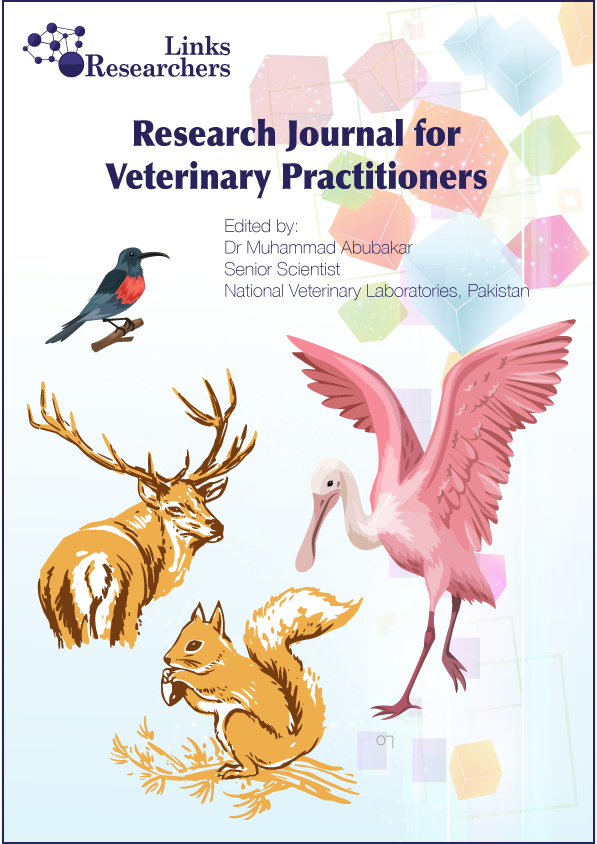Combating Zoonotic Diseases: Collaboration of Veterinary and Medical Practitioners
Combating Zoonotic Diseases: Collaboration of Veterinary and Medical Practitioners
Kalsoom Abdulrazaq1*, Bisma Arif1, Rimsha Mehboob2, Asma Mehboob3
ABSTRACT
Zoonoses are diseases or infections contracted by people from vertebrate animals naturally. They are caused by a variety of microbes, including bacteria, fungi, viruses, protozoa, and other parasites. These pathogens have the ability to infect both domesticated and wild animals. Zoonoses involve interactions among a minimum of three species: an infectious agent and two host organisms, which can either be humans or animals. They can spread directly through contact with diseased animals, such as rabies, and through bites, or indirectly through exposure to contaminated surroundings and contaminated food. Vectors, such as mosquitoes or ticks, play a role in the transmission of diseases like West Nile fever and Lyme disease, respectively. Several factors impact diseases caused by zoonoses, and the convergence model classifies these components into major areas, including the interaction between domestic animals, wild animals, and human influences; ecological and biological factors; and environmental and socioeconomic factors. Throughout history, wild and domestic animals have consistently contributed to the spread of zoonoses, posing a global hazard to public health. Preventing and controlling zoonoses requires the ability to mobilize resources across various sectors and collaboration with intersectoral strategies, especially between national and international veterinary and public health services. This collaborative approach is crucial for addressing the complex dynamics of zoonotic diseases and mitigating their impact on both human and animal populations.
To share on other social networks, click on any share button. What are these?






